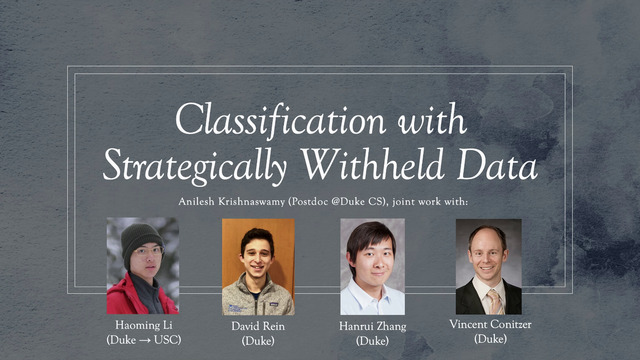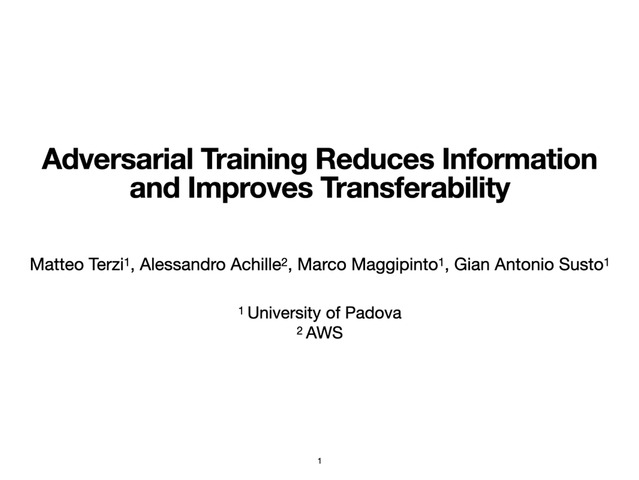Abstract:
In many settings it is important for one to be able to understand why a model made a particular prediction. In NLP this often entails extracting snippets of an input text 'responsible for' corresponding model output; when such a snippet comprises tokens that indeed informed the model's prediction, it is a faithful explanation. In some settings, faithfulness may be critical to ensure transparency. Lei et al. (2016) proposed a model to produce faithful rationales for neural text classification by defining independent snippet extraction and prediction modules. However, the discrete selection over input tokens performed by this method complicates training, leading to high variance and requiring careful hyperparameter tuning. We propose a simpler variant of this approach that provides faithful explanations by construction. In our scheme, named FRESH, arbitrary feature importance scores (e.g., gradients from a trained model) are used to induce binary labels over token inputs, which an extractor can be trained to predict. An independent classifier module is then trained exclusively on snippets provided by the extractor; these snippets thus constitute faithful explanations, even if the classifier is arbitrarily complex. In both automatic and manual evaluations we find that variants of this simple framework yield predictive performance superior to 'end-to-end' approaches, while being more general and easier to train. Code is available at https://github.com/successar/FRESH.









































